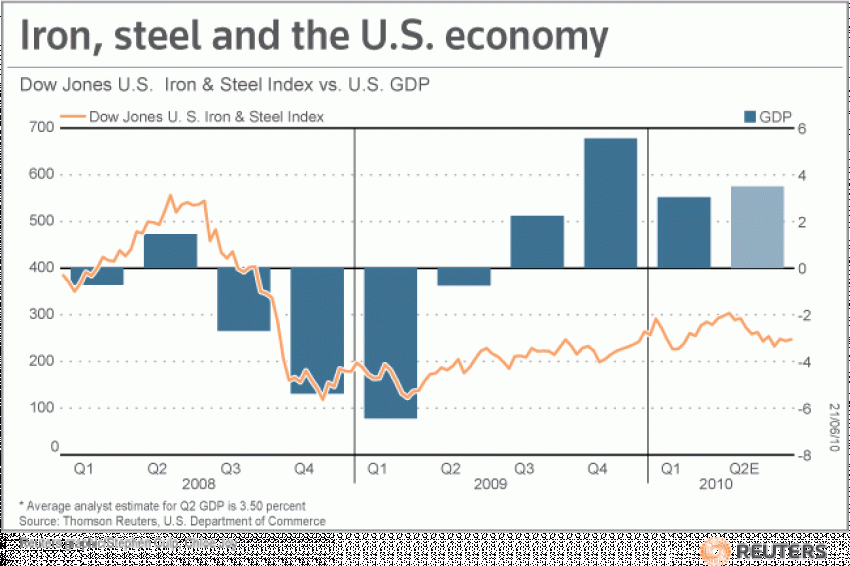Downstream Oil Construction Costs Continue to Rise
23.06.2010 -
The cost of building oil refineries and petrochemical plants continues to rise, even as the downstream refining business suffers from poor margins, as costs rise along with the global economic recovery, consultancy IHS Cambridge Energy Research Associates said on Wednesday.
The costs of designing and constructing downstream refining and petrochemical projects rose 1.5% from the third quarter of 2009 to the first quarter of 2010, according to IHS CERA's Downstream Capital Costs Index (DCCI).
"The tide has turned and costs are continuing their ascent, albeit at a measured pace, back to pre-recession levels," said IHS CERA Chairman - and author of the Pulitzer Prize-winning book, The Prize - Daniel Yergin. "But the fact that the turnaround in construction costs is occurring despite continued weak refining margins is evidence that costs have bottomed out and are now recovering."
The current DCCI, which is indexed to 2000, rose from 172.5 to 175 over the past six months, meaning that a project that cost $100 in 2000 would cost $175 today. The index, which bottomed out at 9% percent below peak 2008 levels in early 2009, is currently 6.5% below the peak 2008 levels.
A drop in commodities prices, particularly metals, during the global economic downturn, as well as intense competition between construction and engineering firms for downstream construction jobs, was largely responsible for the drop from the 2008 peak. But a global economic recovery has pushed prices for materials such as steel, equipment, wire and cable back up. "
The steel market is beginning to resemble the robust period of early 2008, when surging raw materials prices pushed manufactured steel costs up," IHS CERA said in a release announcing the new DCCI.
"In many of these firms, like equipment manufacturers, they've been able to re-size their production capacity to better meet the lower level of demand and therefore you're not seeing really competitive pricing on some of these goods," said Jackie Forrest, lead researcher for IHS CERA's Capital Costs Analysis Forum for Downstream.
Although downstream costs are rising, there are some areas in which pricing is still competitive, Forrest said. "We've actually some pretty competitive pricing on things like subcontractor rates and automation equipment, and things where there is a more flexible profit margin, where there is more room to provide discount. We haven't seen a decrease in labor costs per se in terms of hourly wage rates, but what we have seen is subcontractors ... willing to cut their profit margins a little bit," Forrest said.
The competitive pricing among subcontractors may be related to the availability of downstream and other construction work.
"We track the engineering firms, for example, and if you look at their backlogs on average now compared to the peak, they are about half of what they were," she added.
With costs up and margins down, more refiners in the developed world are likely to shut in this year, especially since demand for refined oil products is expected to decline in those countries, Forrest said. However, in emerging economies, where refiners are sometimes protected by policies that guarantee margins and favorable tax treatment and where demand is expected to grow, expansion is expected to continue, according to IHS CERA. For IHS CERA's capital and operating cost indices click here.
(6/23/2010)





